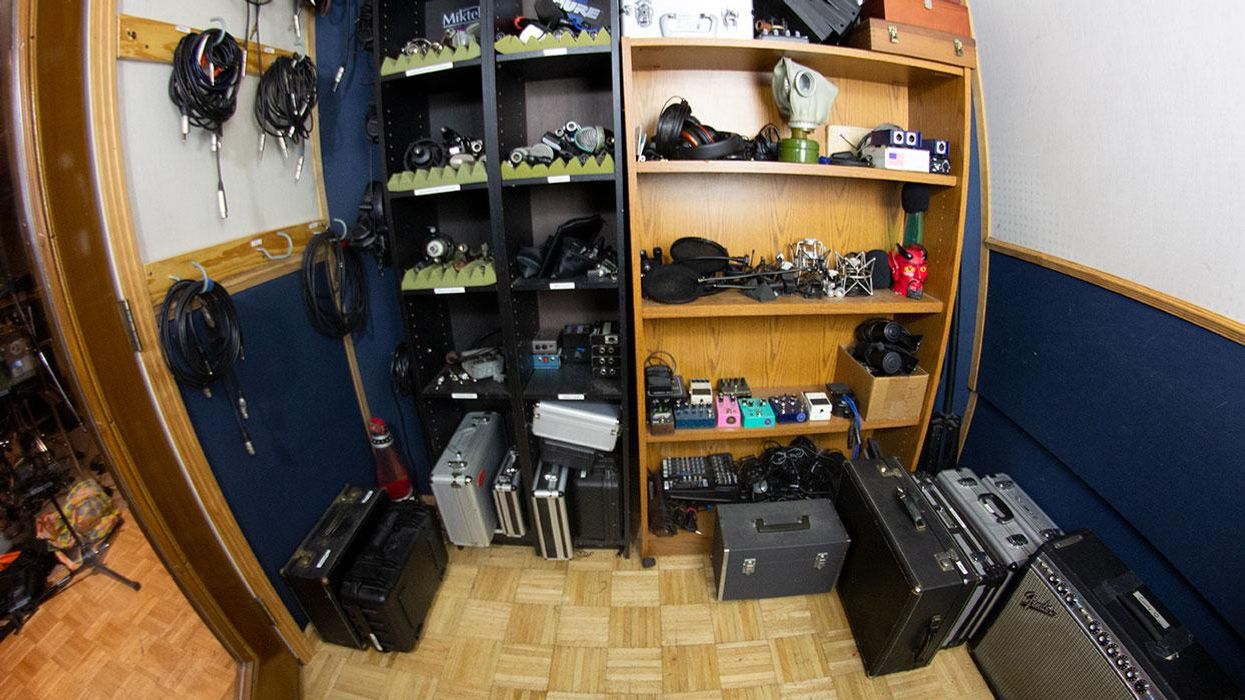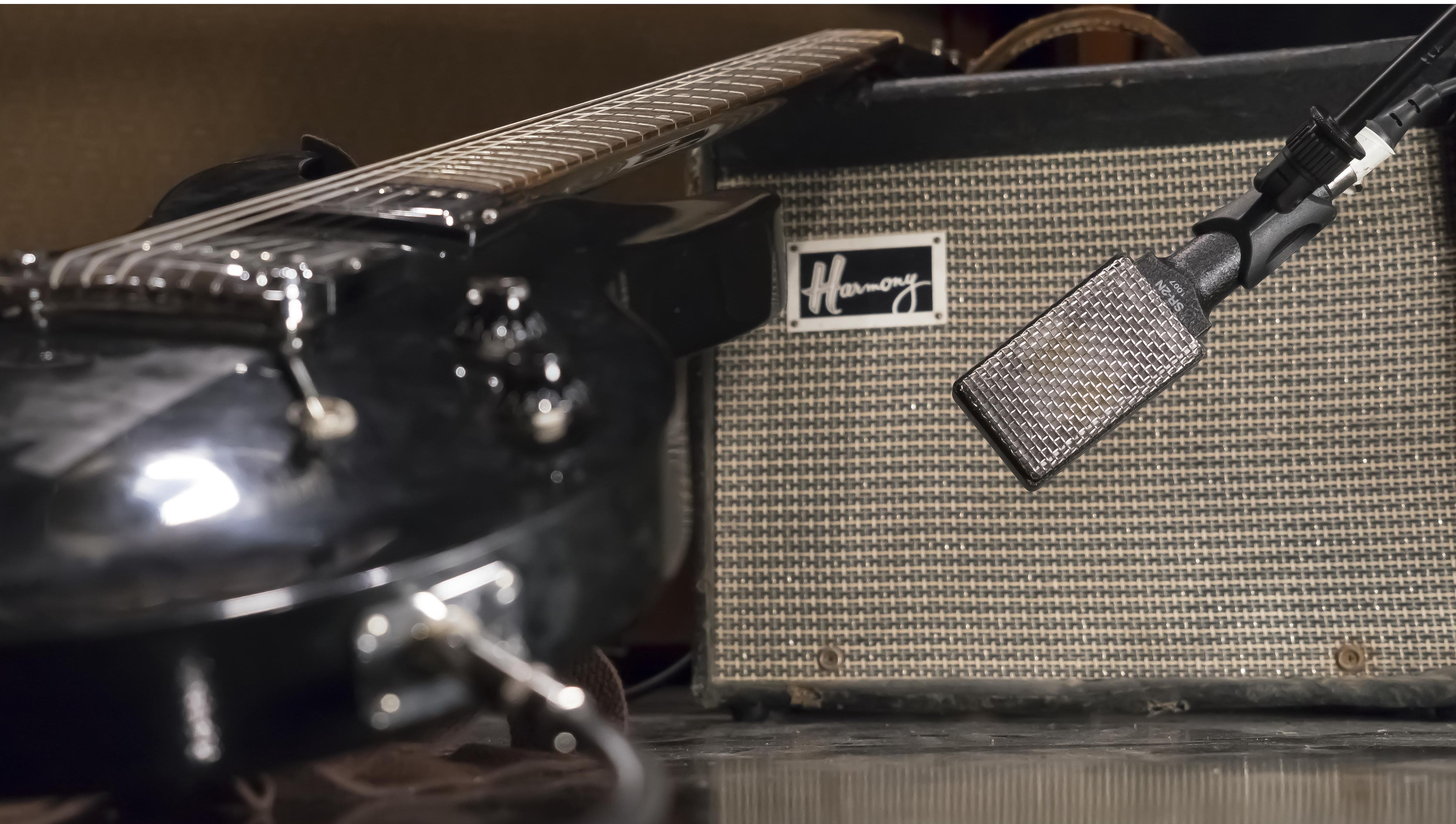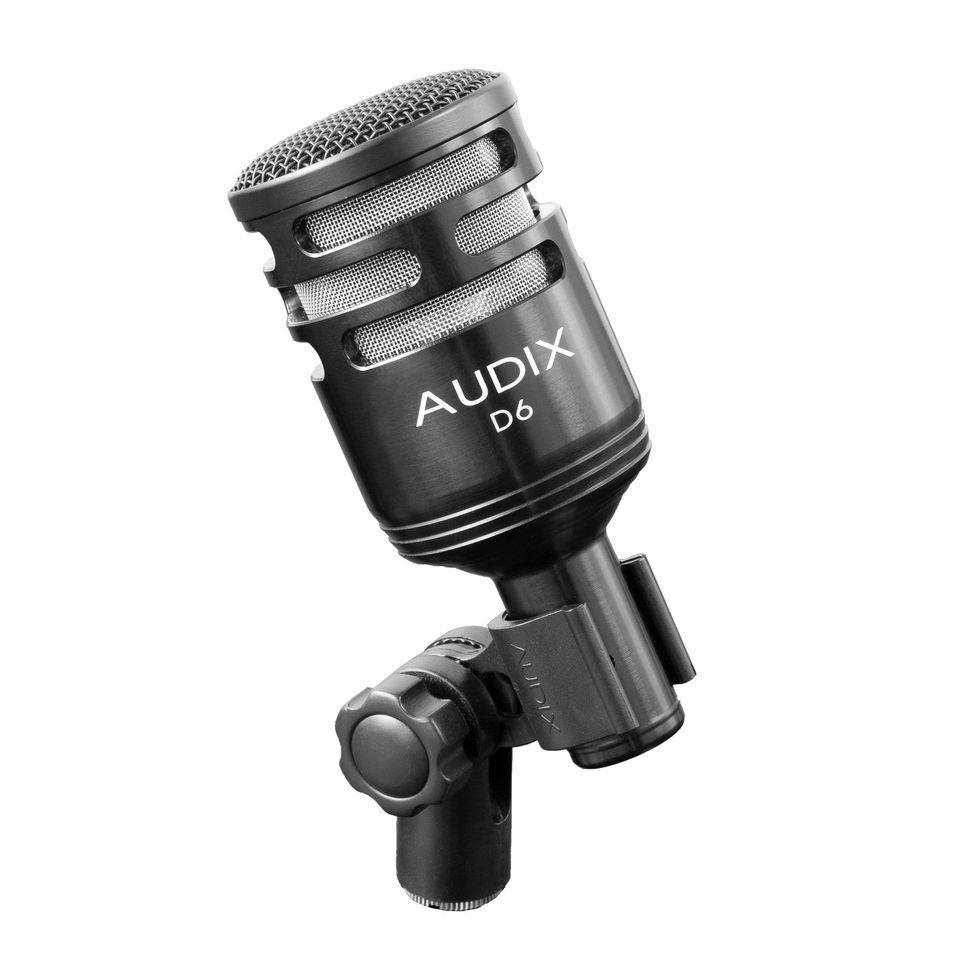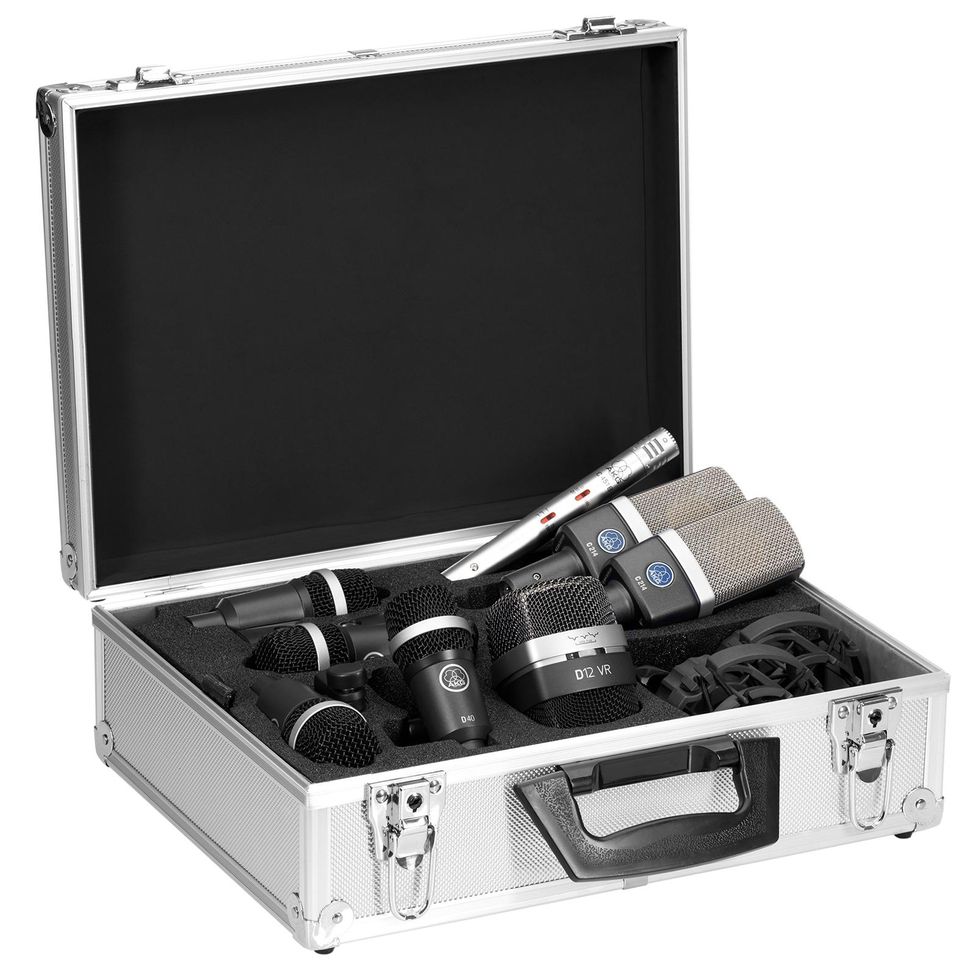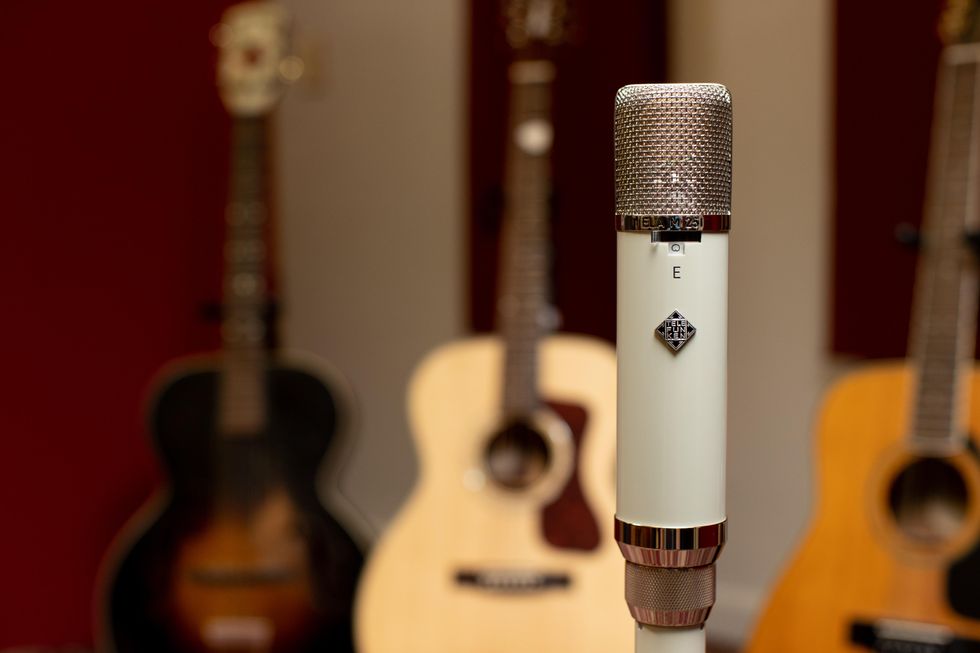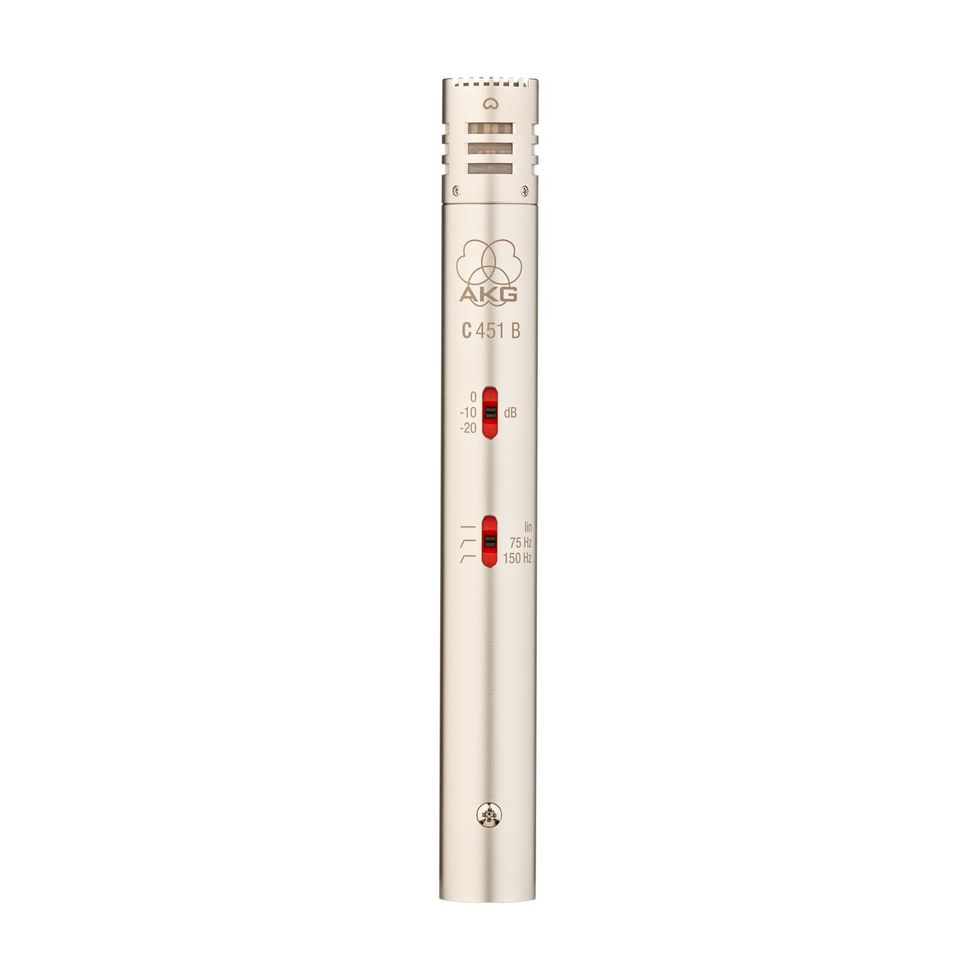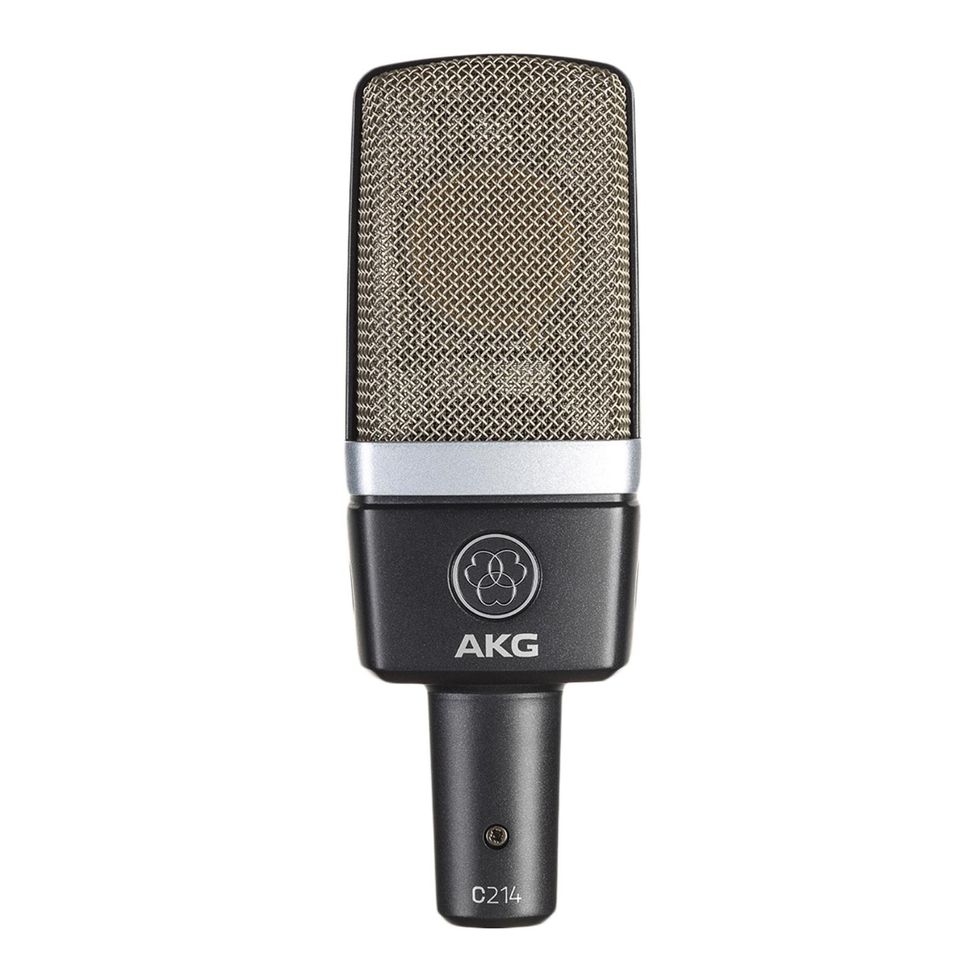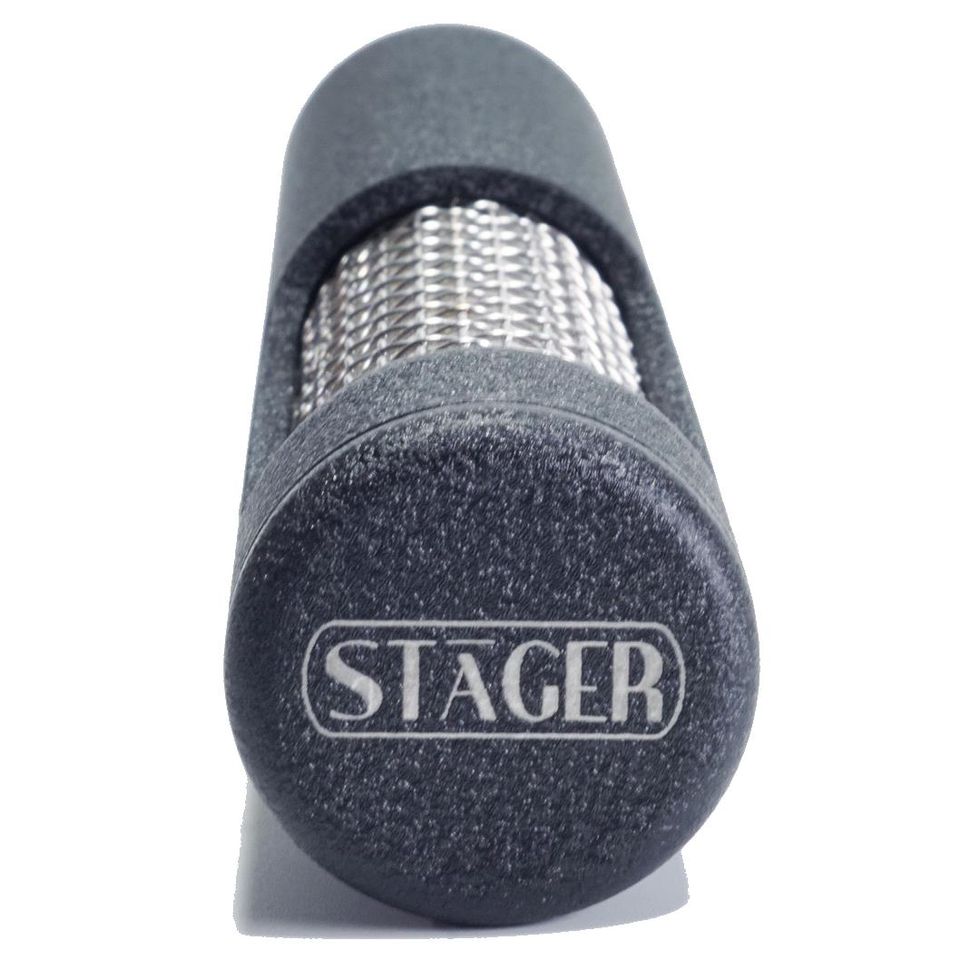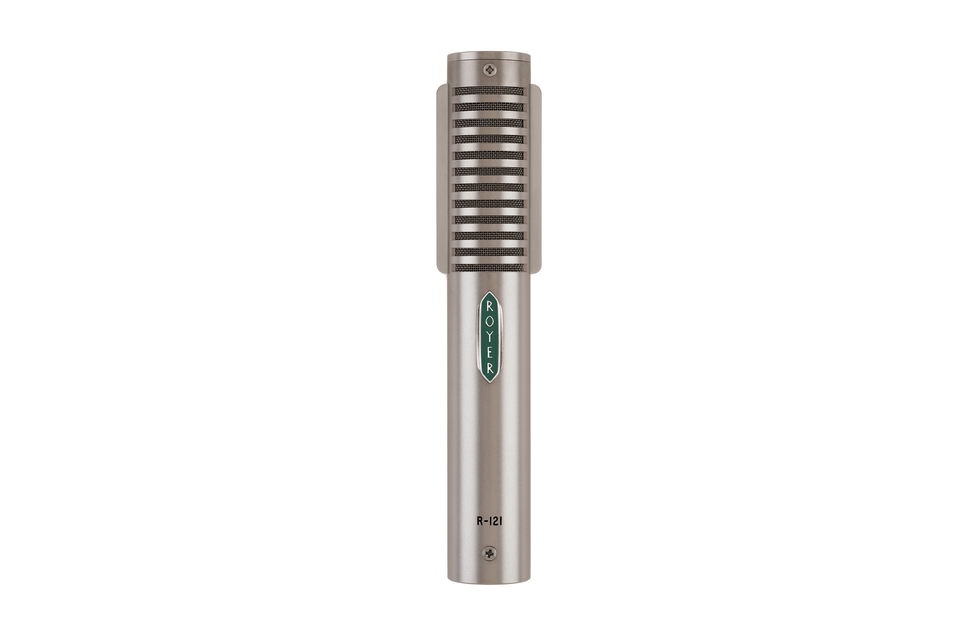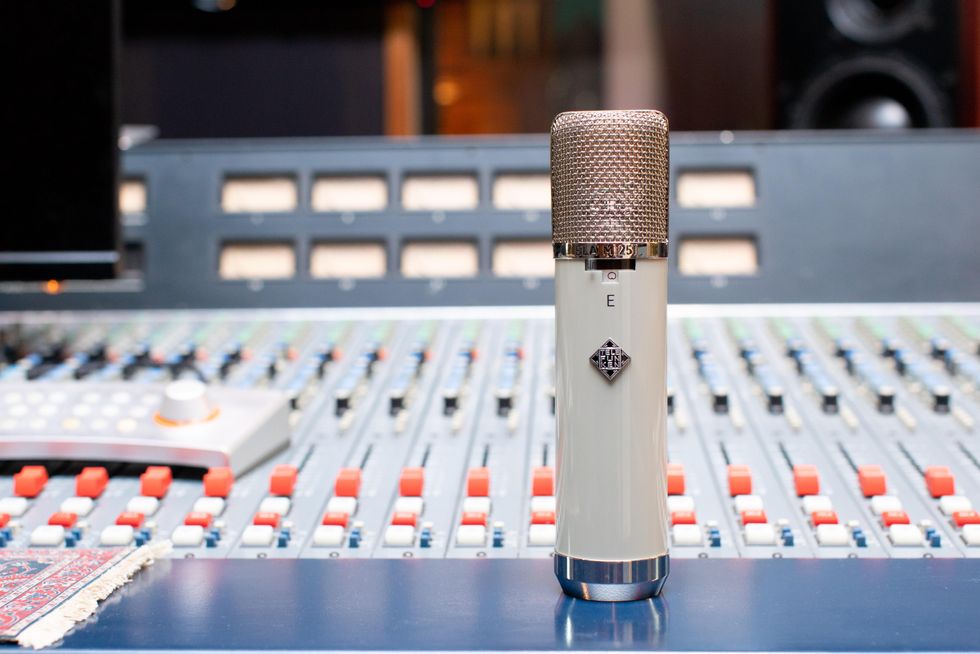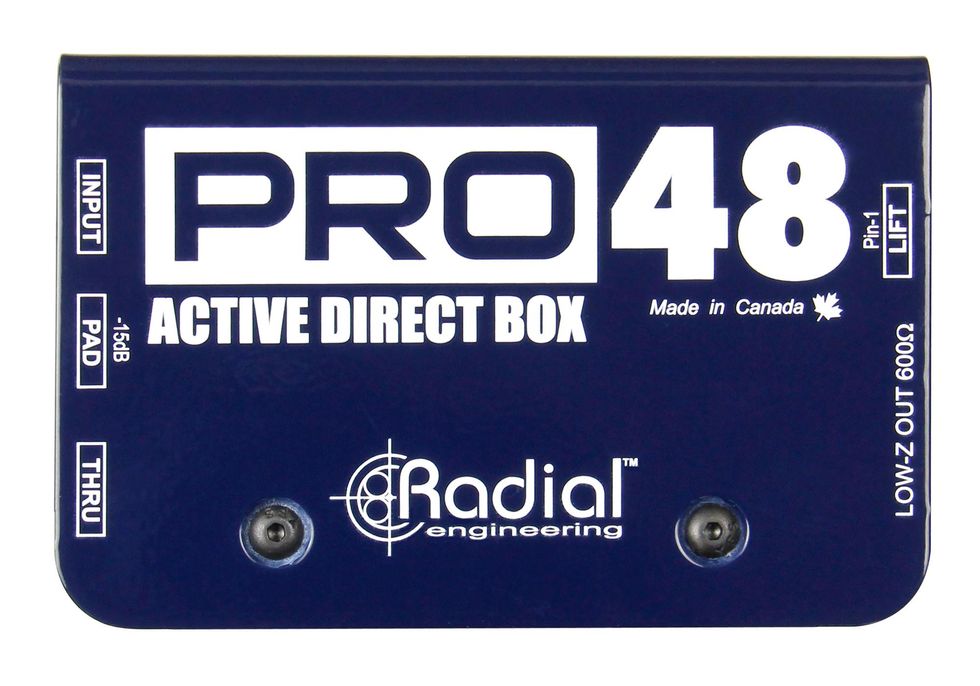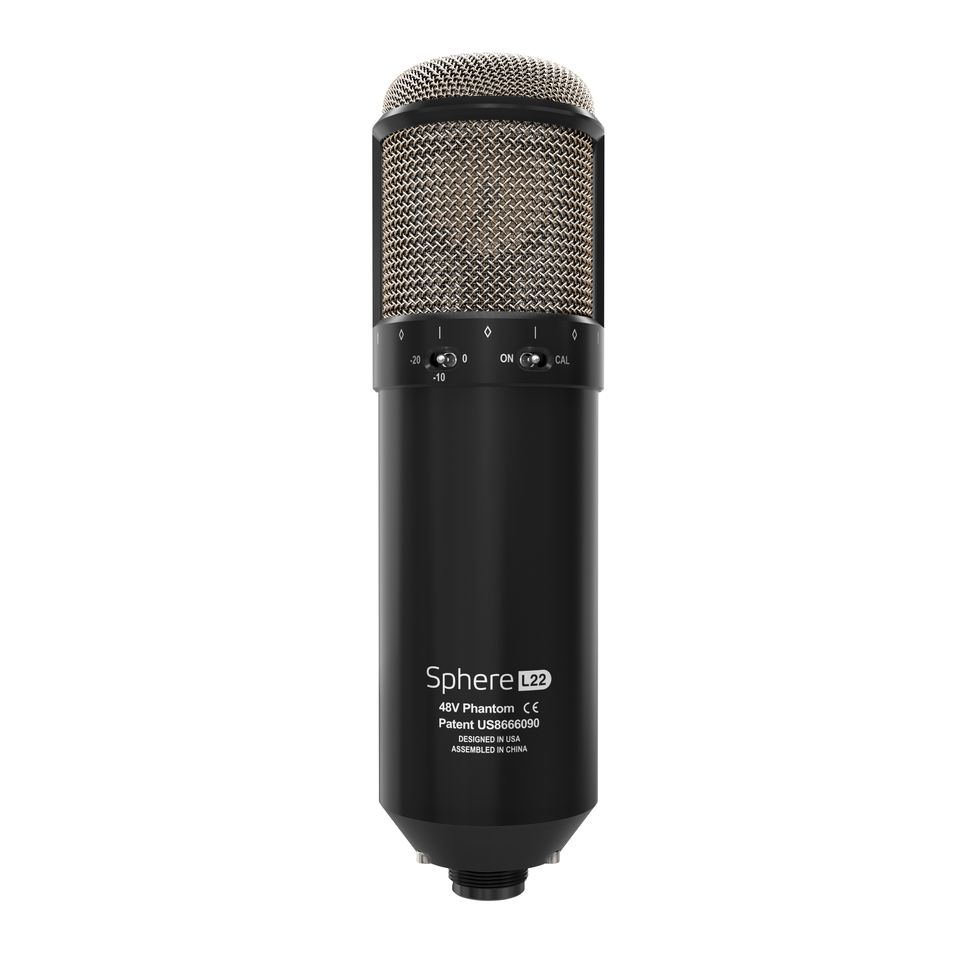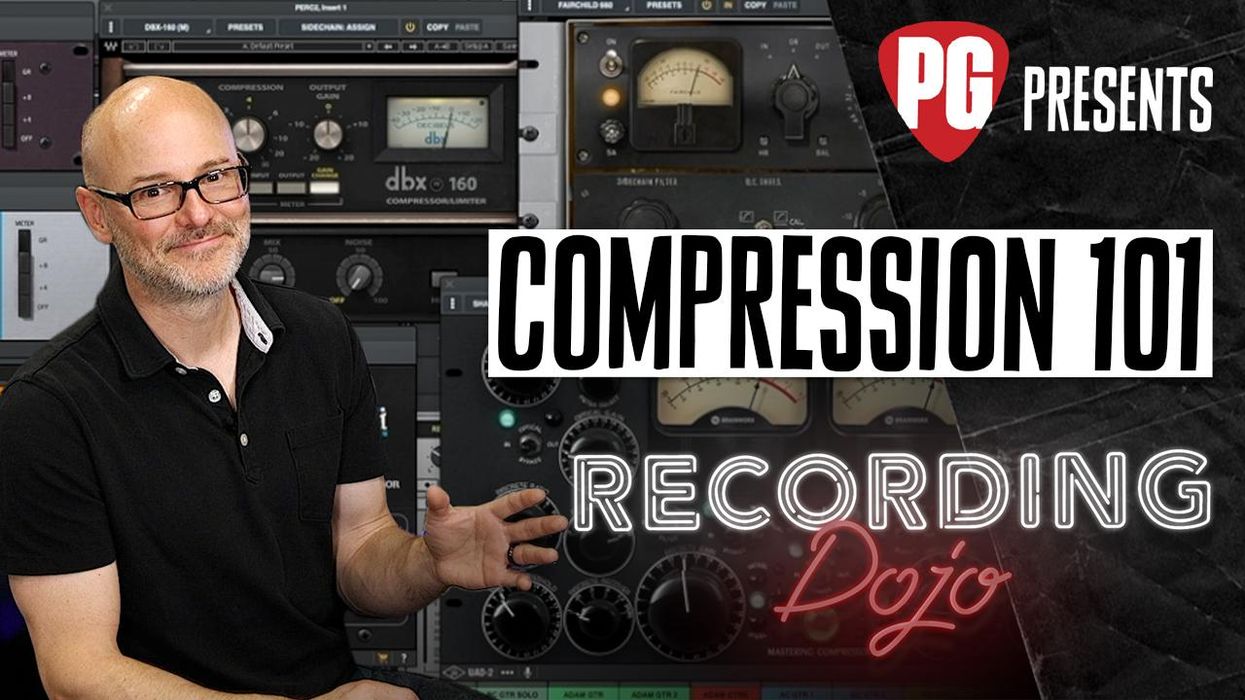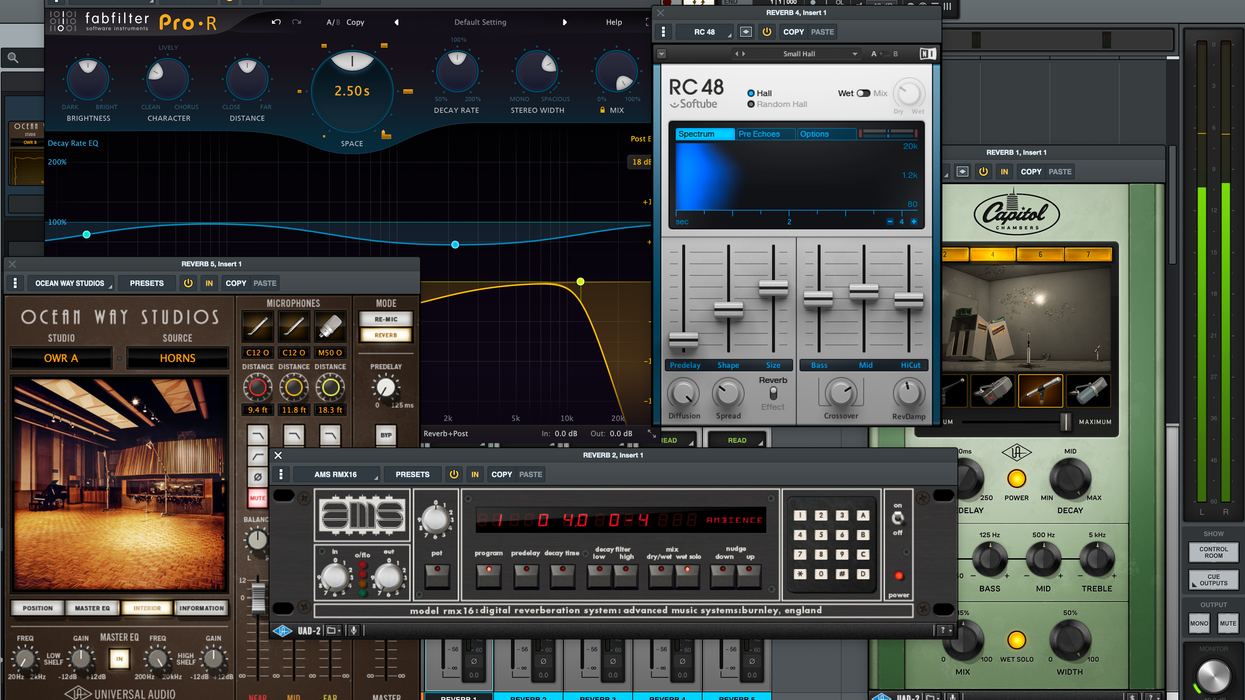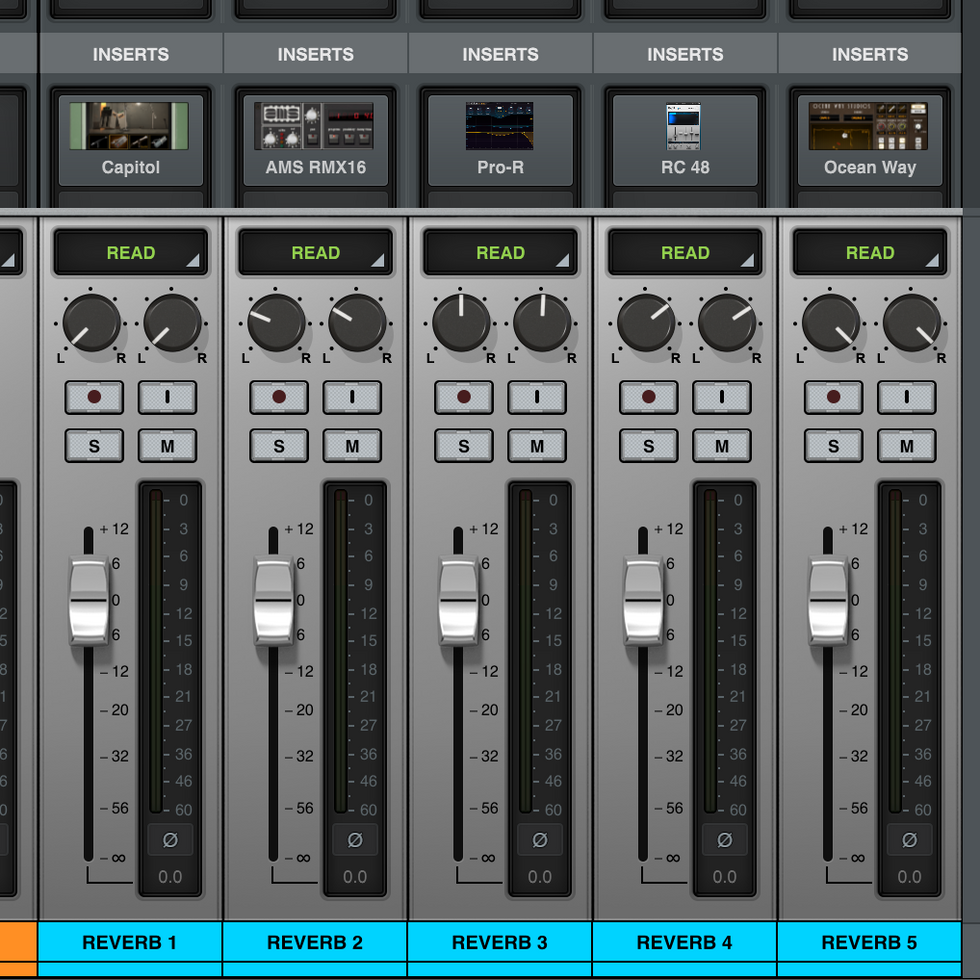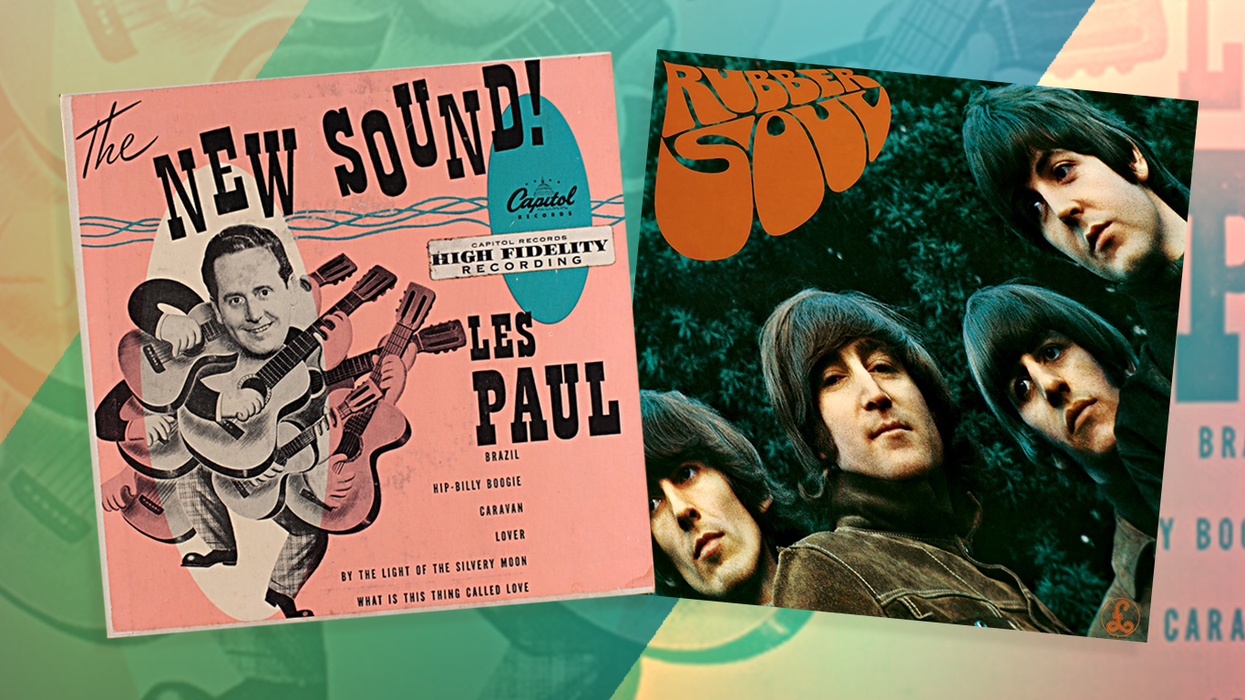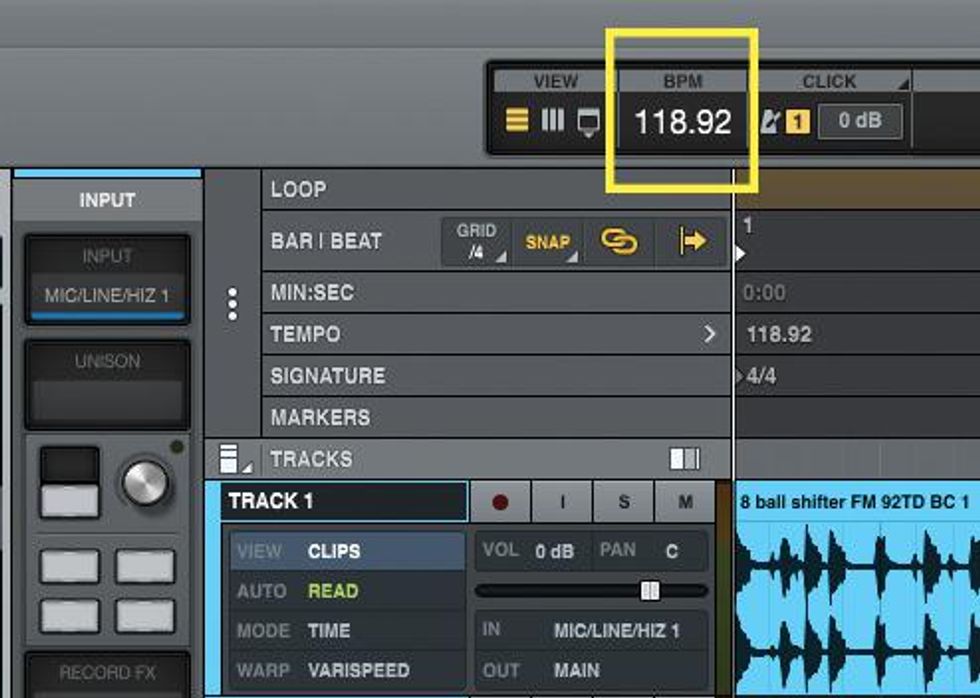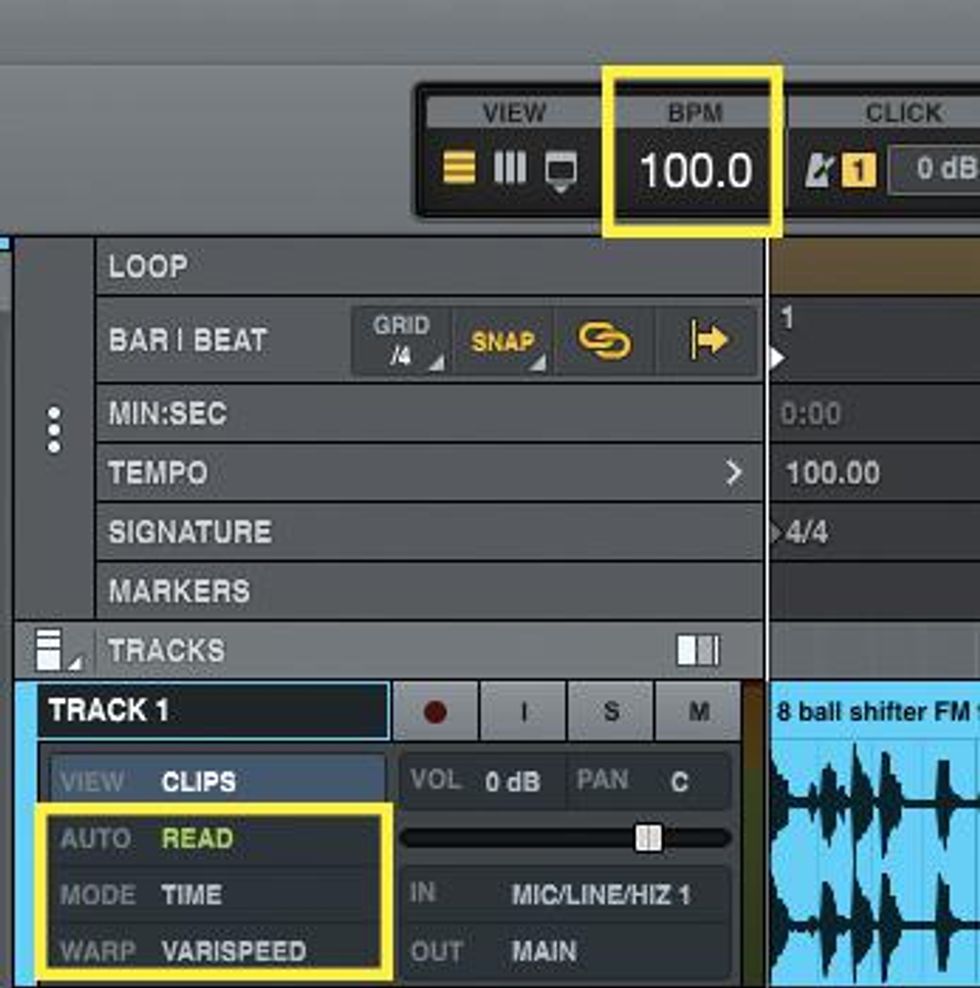This month I bring you … magic!
Actually, I bring you an article on convolution reverb. But even though the technology has been around since the turn of the century, it still feels magic to me. Plus, we’ll conclude with a pretty decent trick: putting a Marshall amp inside an acoustic guitar.
Basics first: Last month we talked about recording amps with multiple mics to capture room ambience. But when working in dull-sounding bedrooms and basements, sometimes it’s best to simply close-mic your amp and add artificial ambience in the mix. Analog-era engineers moistened dry tracks by piping recordings into echo chambers, re-recording the sound, and combining the wet and dry versions. They also used mechanical reverbs, such as plates and springs.
Today’s software plug-ins accurately mimic those methods. But convolution reverb—also known as impulse response (IR) reverb—adds unique new wrinkles. IR reverb can make it sound as if your amp was recorded in any acoustic space, including ones that don’t exist in nature. You can also mimic the sounds of speakers, cabinets, mics, and other hardware.
Math and magic. Nowadays some DAWs come stocked with IR reverb plug-ins, such as Space Designer (included with Apple’s Logic Pro) and REVerence (part of Cubase). There are high-end third-party options with stunning libraries, such as Audio Ease’s Altiverb, as well as low-cost alternatives such as LiquidSonics Reverberate, and even freeware such as SIR’s SIR1 (PC only).
IR reverbs are a bit like CD players: While it’s an exaggeration to say they all sound exactly the same, the IR files you load matter more than the plug-in itself. With the pricier options, you’re paying for superior libraries. But you can also get great results with shareware plug-ins and freeware IR files (just Google “free impulse responses”). Most high-end libraries are copy-protected, yet there are plenty of great-sounding freebies there for the taking.
Even if you don’t own a dedicated IR reverb plug-in, you’ve probably played through them. Impulse responses are one way that hardware and software amp modelers mimic analog gear.
How do they work? I told you—magic! Okay, there’s some math involved too. (Look up “convolution” and “impulse response” on Wikipedia if you’re curious.) The basic idea: You play a recording of a benchmark signal (usually a sine-wave sweep or a starter pistol shot) in the space you want to clone, and then record the ambient sound into an IR-making tool (such as Impulse Response Utility, included with Apple’s Logic Pro). The software compares the dry test tone to the reverberant recording, and subsequently applies the same adjustments to any audio material. The results can be amazing.
Across space and time. Let’s check out some examples in escalating order of weirdness.
Clip 1a features the bone-dry distorted sound of a close-miked Marshall 18-watt clone and a ratty overdrive. For Clip 1b I’ve added the Altiverb plug-in within Logic Pro, selecting an IR captured at New York’s famed Clinton Studios from a distance of about five feet. The result sounds like it was recorded with a combination of close and far mics in Clinton’s tracking room. (Clinton closed in 2010, so you get time travel as well as magic.) Clip 1c is a wetter sound using an impulse from Hollywood’s Cello Studios, now called EastWest. Clip 1d is wetter still—and depicts what your amp would sound like inside the Great Pyramid at Giza, where the IR was captured.
Freaky, right? It gets freakier.
Apple’s Logic software includes Impulse Response Utility, which can generate sweep tones, record the results, and “de-convolve” them into presets for Apple’s Space Designer reverb.
Fake speakers. IRs can mimic not only rooms, but also such gear as speakers and cabinets. When I set up for that initial dry recording, I routed a sine-sweep signal from Impulse Response Utility through a ReAmp into the Marshall clone (Photo 1). I recorded the results back into Impulse Response Utility, creating an IR that mimics that amp’s 12" Weber British Classic speaker (Photo 2).
Warning: Clip 2a sounds nasty—it’s a line out signal from the amp head, with no speaker sound, recorded directly into Logic. Clip 2b routes that harsh sound through the speaker IR, with a 100% wet signal. Compare the result to the “real” speaker in Clip 1a. The sounds are very similar, and slight EQ adjustments would yield a near-perfect match. (Note: I’m recording guitar here via a dedicated line out jack, not the speaker out jack. Doing the latter can wreck your gear.)
You can probably guess where this is going. Clip 2c routes the same recording through an IR made from a 10" Jensen speaker in a 1950s Fender tweed amp. Clip 2d substitutes an IR from a plexi-era Marshall 4x12 cab with Celestions. Clip 2e combines the Jensen and Celestion sound, panned slightly in stereo. And Clip 2f adds an IR on top of the IRs for a touch of room reverb. See why this is such a powerful sound design tool?
(Left) I played the sine sweep through this toy Marshall and recorded it inside a Styrofoam cooler. (Right) I put this tiny lavalier mic inside my classical guitar and held the guitar up against the speaker while the test tone played. Now I can put anything “inside” the guitar.
Trapped in a box. So far we’ve mimicked true-to-life sounds. Let’s get more fantastical.
I sent a test signal from the ReAmp to a toy Marshall practice amp inside a Styrofoam cooler and recorded a new IR—the dry, claustrophobic sound heard in Clip 3a [Photo 3]. After that I made an IR from inside a classical guitar using a small lavalier mic [Photo 4]. I couldn’t fit the tiny amp inside the guitar, so I just played the sweep through my studio speakers, holding the guitar in front of them. Result: the boxy, compressed tone in Clip 3b.
Not glorious tones in their own right—but they sound cool and intriguing when blended with conventional sounds, as in Clip 3c, which combines a Marshall cab IR with the Styrofoam box sound, and Clip 3d, a blend of Marshall cab, Styrofoam box, and inside-the-guitar, plus added room reverb.
You don’t have to dig these particular sounds to grasp the exciting implications. With patience and imagination, you can sculpt startling new tones to taste.
Just for fun, help yourself to a few IRs I made. (They should work with most IR reverb plug-ins.) I’ve included an expensive-sounding outboard tube reverb, an über-cheesy solid-state reverb from a funky old amp, and the Styrofoam box IR.
(Click here to download.)
Now you can be trapped in a box—just like a mime! I’ll come back and check on you in a month or so.




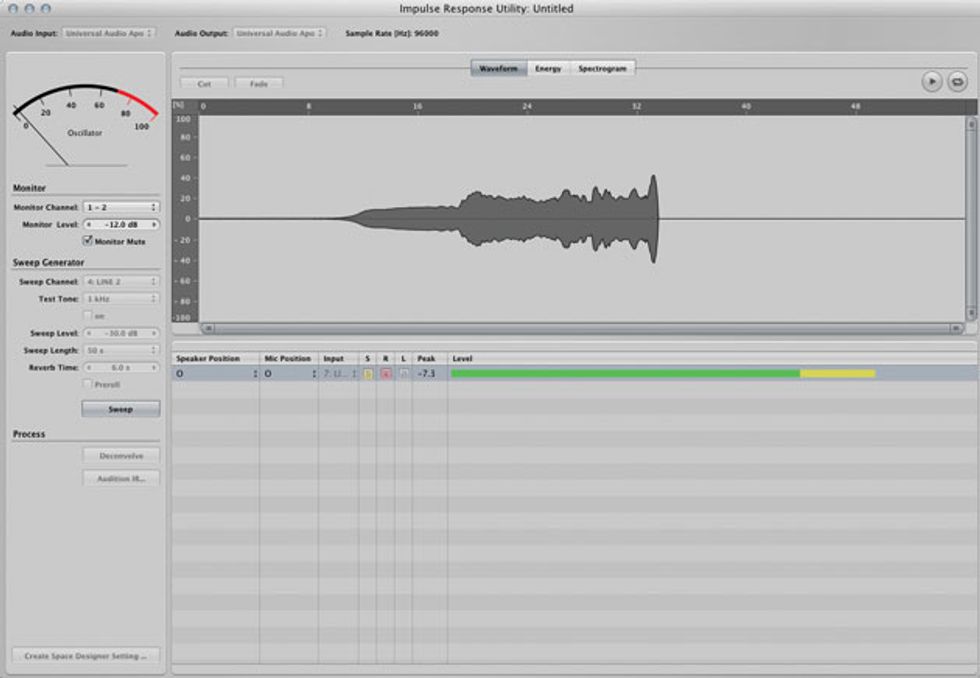
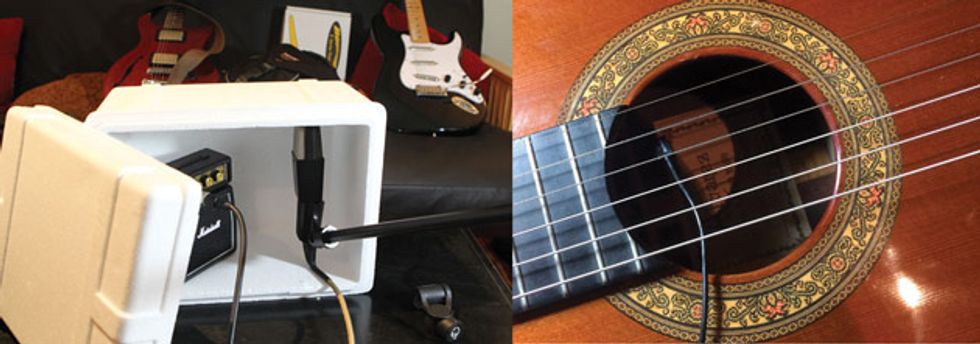




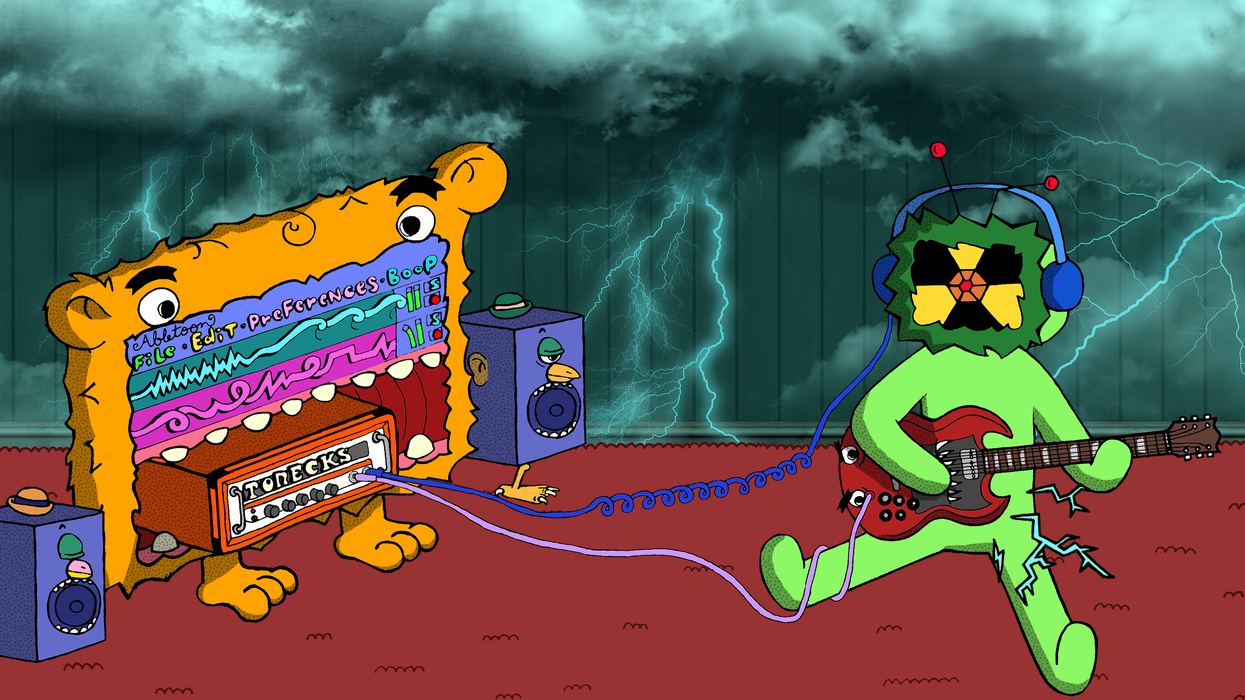
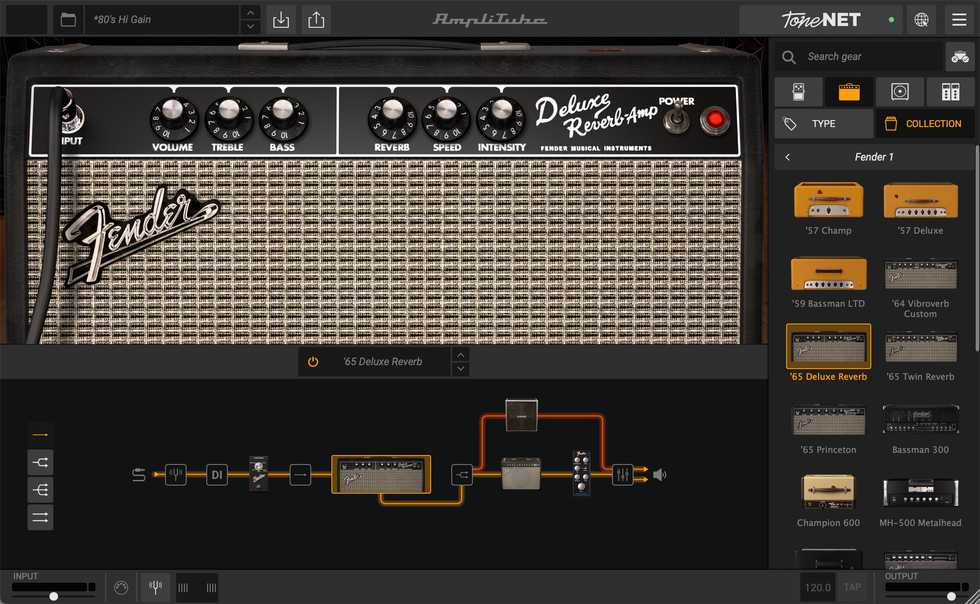
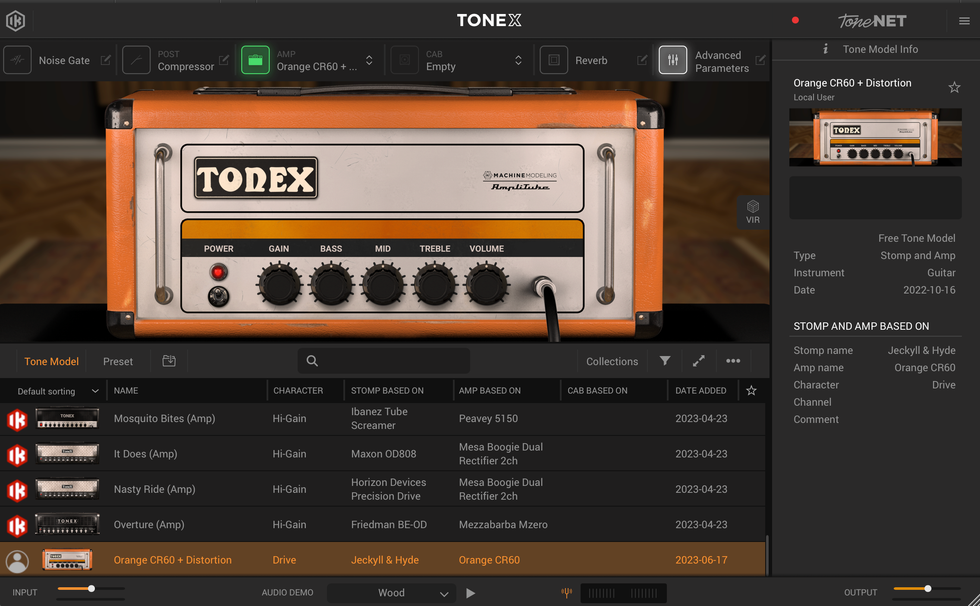
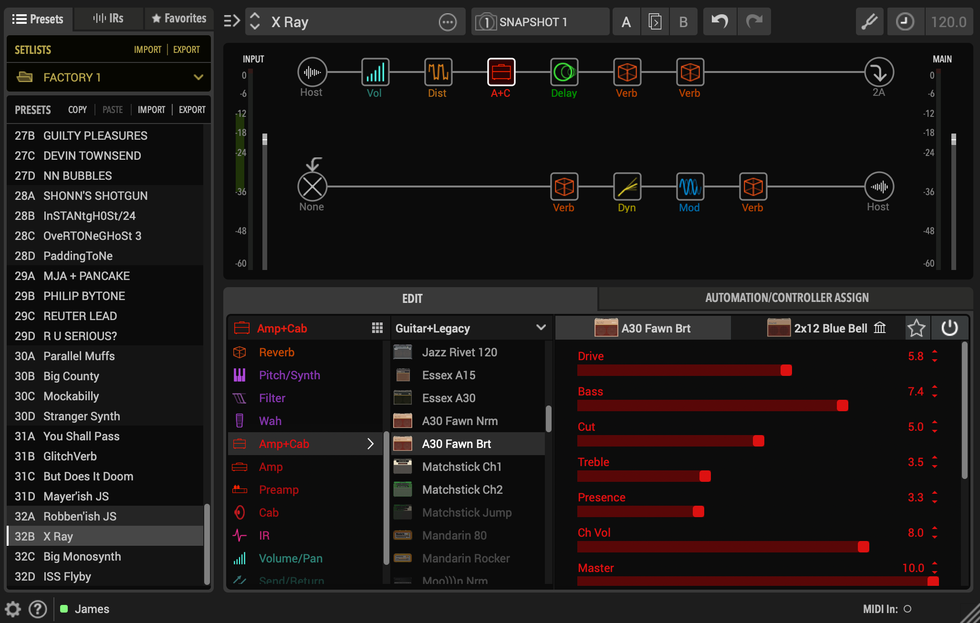
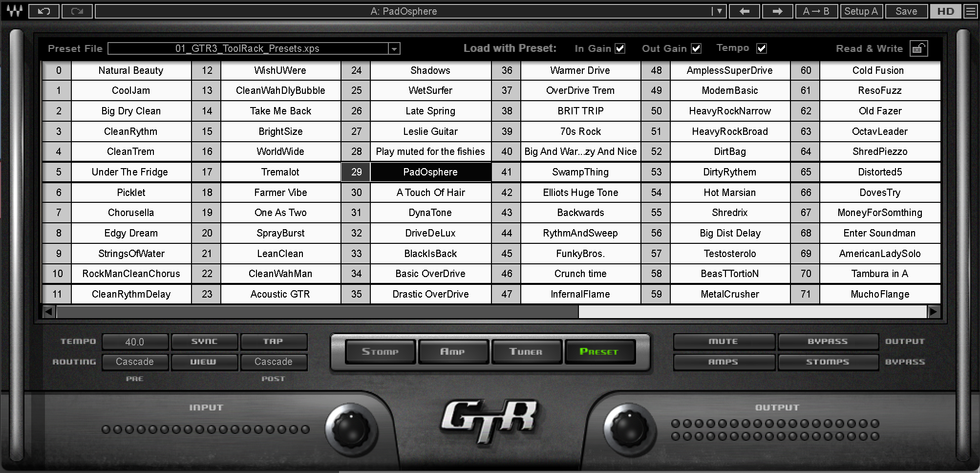
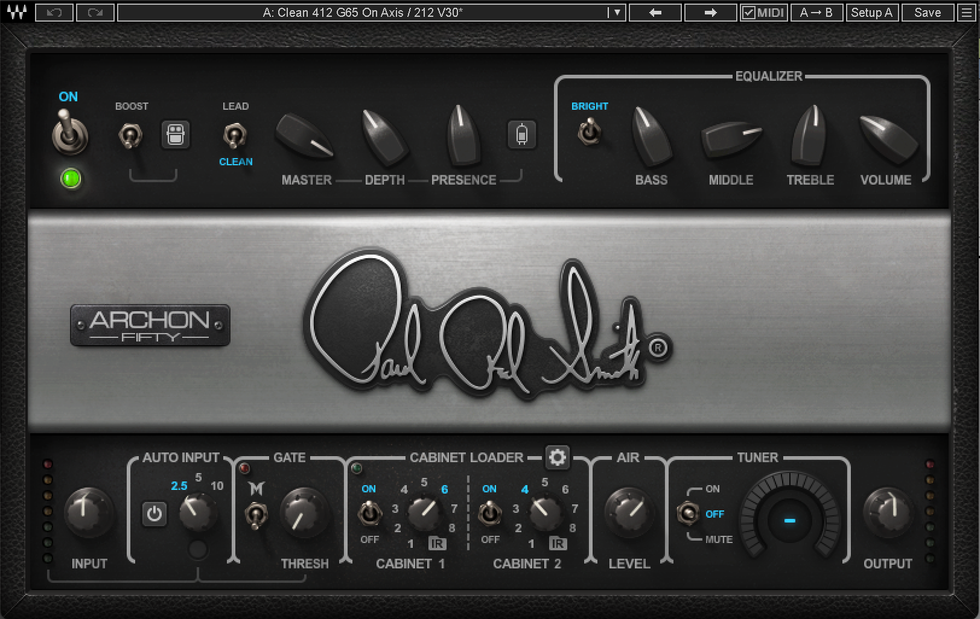
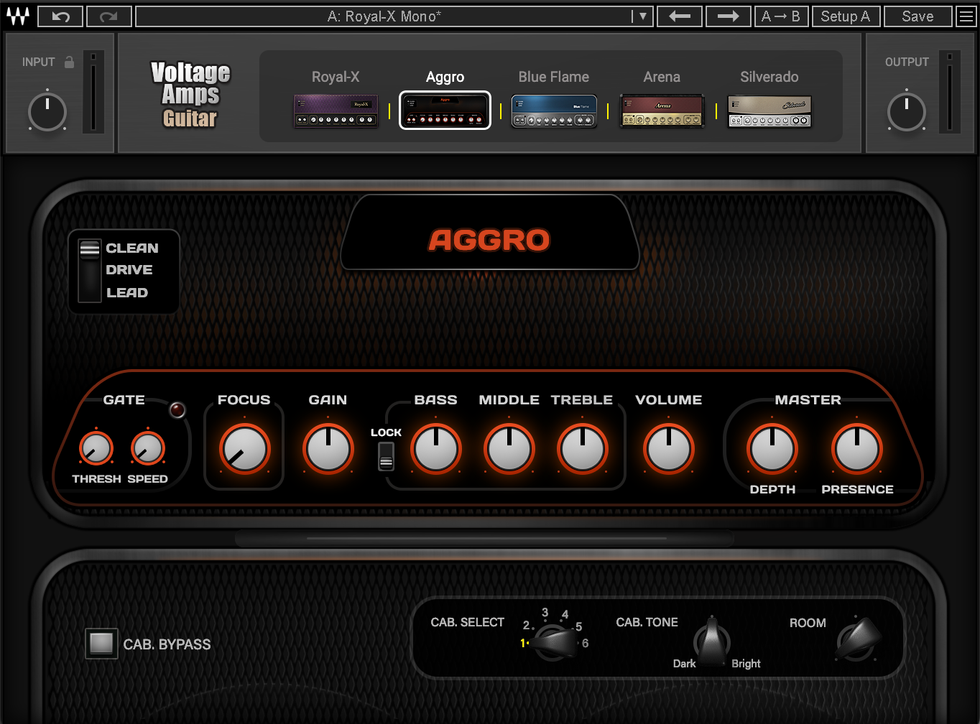
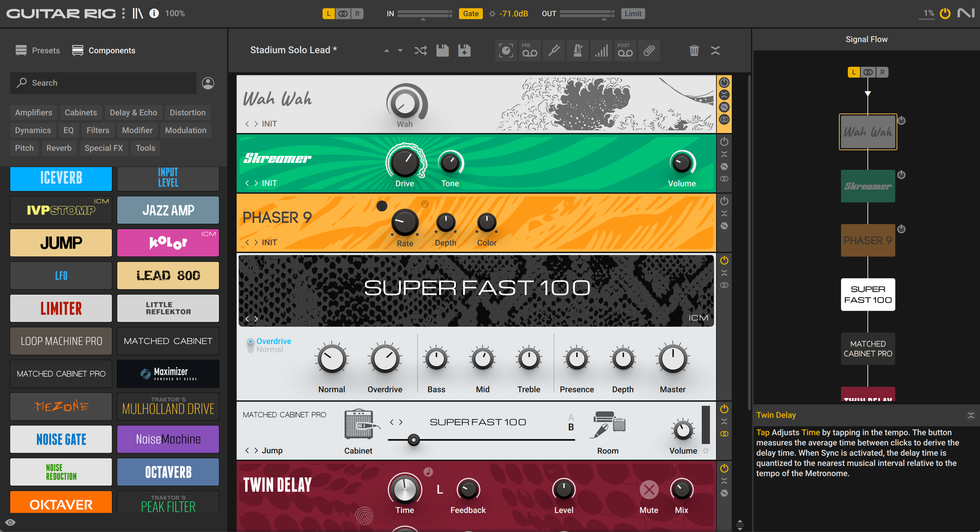
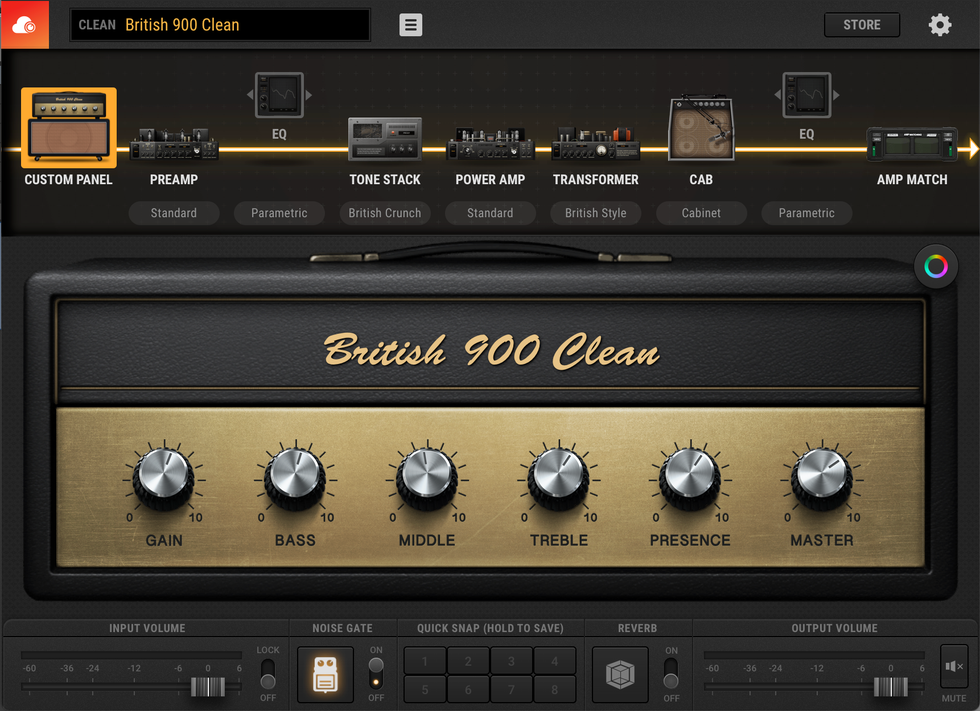

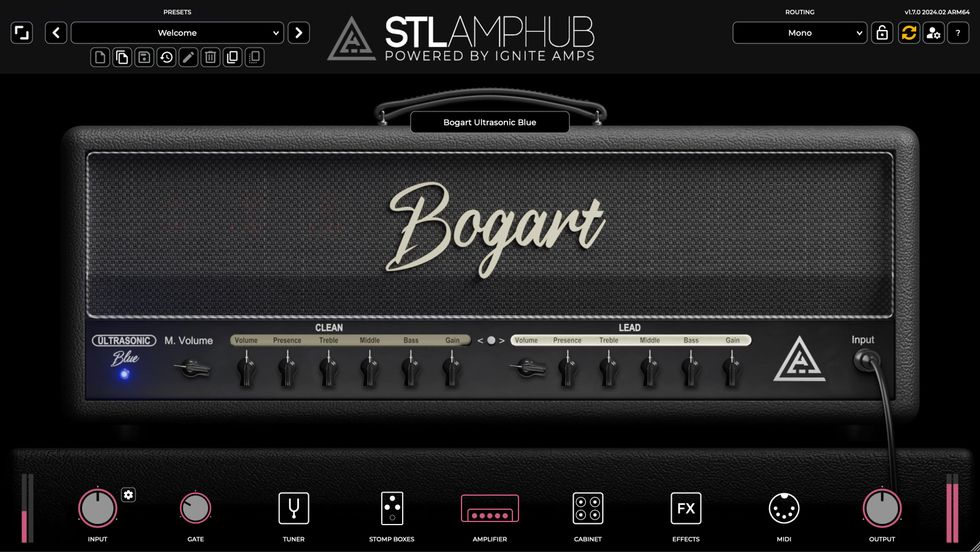
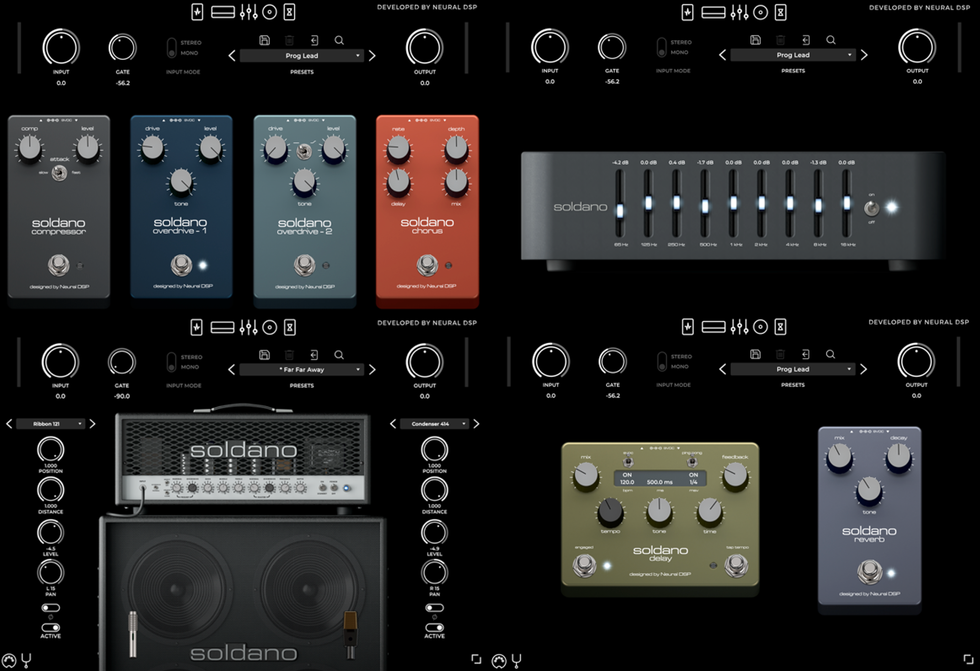
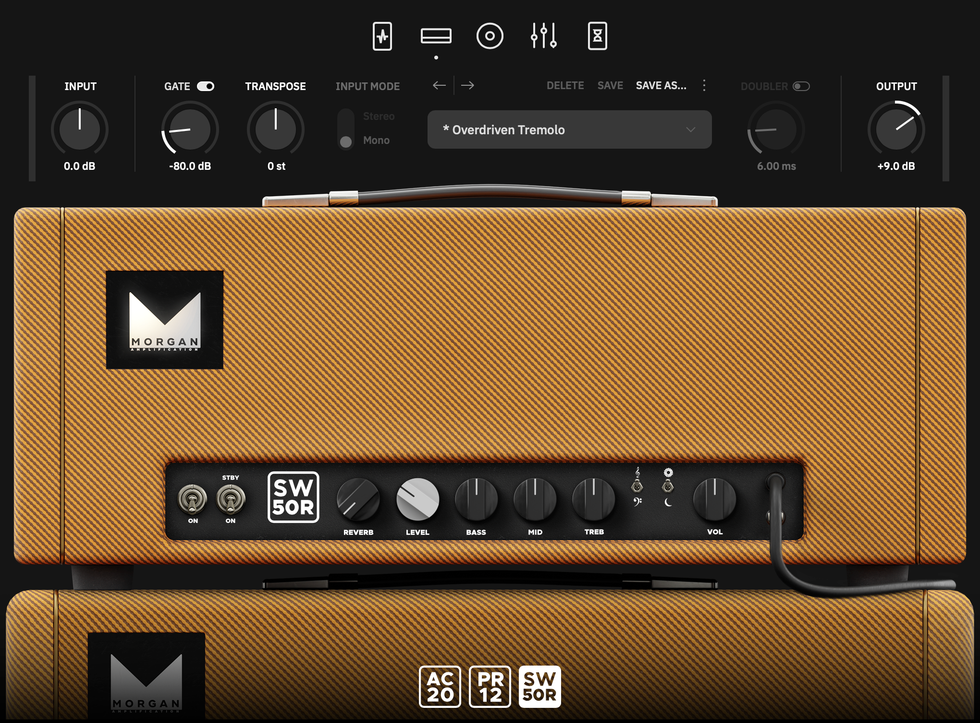
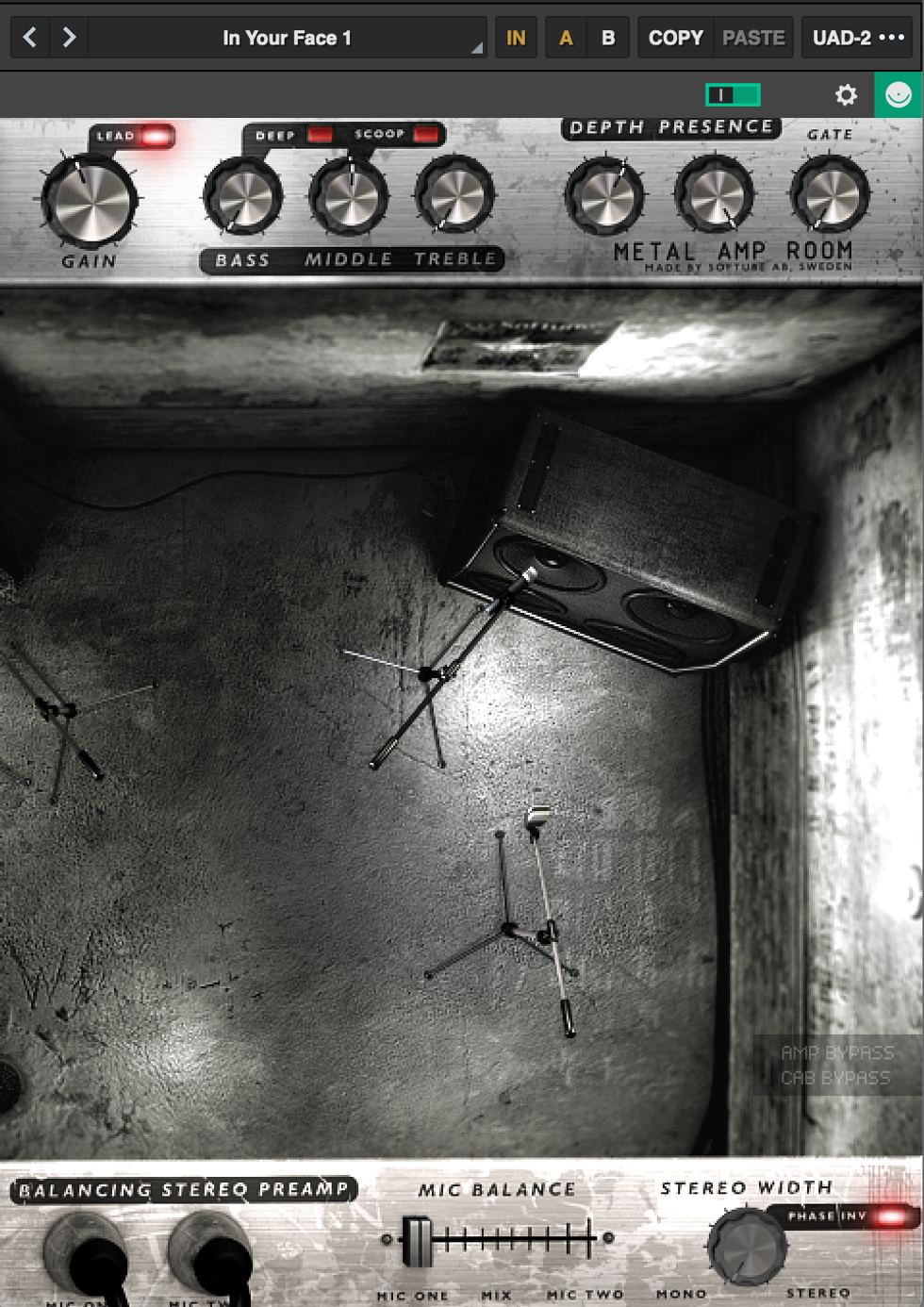


![Rig Rundown: Russian Circles’ Mike Sullivan [2025]](https://www.premierguitar.com/media-library/youtube.jpg?id=62303631&width=1245&height=700&quality=70&coordinates=0%2C0%2C0%2C0)



